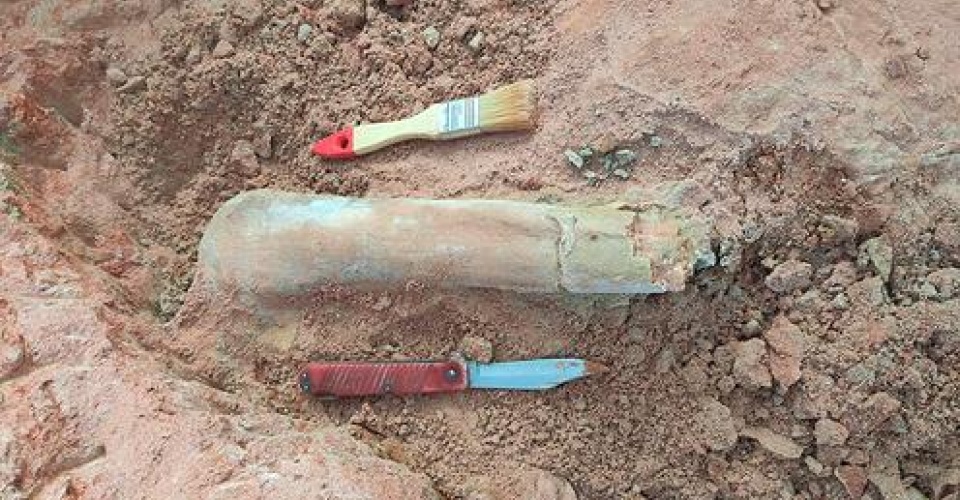Fragments of 85-million-year-old dinosaur bones and skeletons of other animals have been discovered in the Kansai settlement of the Sughd region in northern Tajikistan, according to “Adyrna,” citing Asia-Plus.
“The dinosaur lived approximately 85 million years ago. Further studies will reveal which part of the body the discovered bones belong to,” said graduate student-paleontologist Umed Nabiev.
A Russian-Tajik expedition consisting of paleontologists from Yekaterinburg, St. Petersburg, and Moscow conducted excavations in a large canyon from October 20 to 28. Scientists found parts of crocodile and turtle shells, along with remains of lizards, salamanders, frogs, and fish.
“We used a washing technique to study small fragments, such as bones, vertebrae, teeth, and jaws. Since they are very fragile, we applied a special adhesive to the rock surface, allowing us to extract the bones intact without damage,” explained Umed Nabiev.
Some of the expedition’s discoveries were handed over to the Sughd Regional Museum of History and Local Lore. Excavations are expected to resume in May 2025, with researchers planning to explore new canyons formed by raw material extraction for cement production in the area.
“Larger animal remains have been well-studied in the past, but smaller animals—like amphibians and reptiles—are less well-known. The next expedition will focus on finding small amphibians. Notably, present-day frogs have retained the form and size of their ancient ancestors,” added the Tajik paleontologist.
Other materials
Adyrna.kz ұлттық порталының маңызды ақпараттарына жазылу
Соңғы жаңалықтар туралы хабардар болыңыз


















